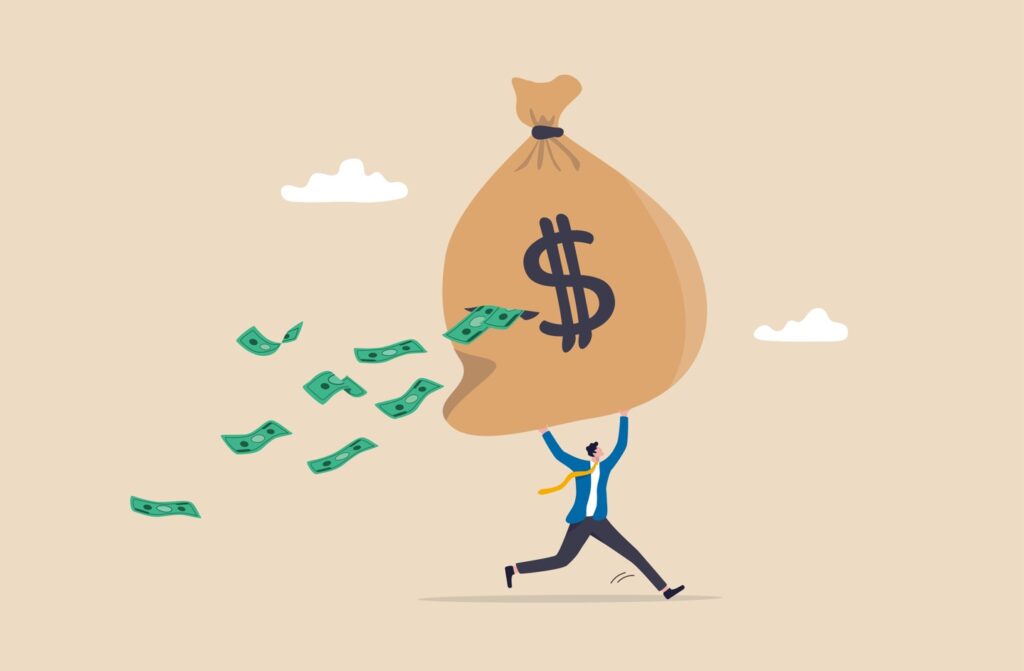How big is too big when it comes to verdicts? In August 2022, a Georgia family was awarded $1.7 billion in Hill v. Ford Motor Co., the largest verdict Georgia had ever seen.
The circumstances of the case were tragic, and negligence on the part of the automaker seemed clear. An elderly couple was killed when the roof of their Ford F-250 pickup collapsed during a rollover crash — highlighting a design flaw that Ford was aware of and had failed to address.
Yet, even given these circumstances, $1.7 billion for one family is a lot of money. And this was not an isolated incident. As a practicing defense attorney in transportation liability litigation, I have watched as verdict award sizes have continued to increase, a trend some refer to as “runaway verdicts.”
There are a number of factors behind why this is happening. But one is that our society has altered the way juries, judges and even the media think of large corporations — and even large sums of money. We have become accustomed to hearing of high-dollar verdicts and often don’t even bat an eye. In other words, we have become desensitized. Individuals have even begun to believe that they are deserving of these large payouts — which far eclipse any amount that a defendant could be reasonably expected to compensate another party to cover health care, lost income, emotional distress or any other costs resulting from an accident.
The growing number of examples of large verdicts makes it easier for plaintiff attorneys to convince juries and judges to consider similar-sized awards. Runaway verdicts set a precedent for future cases and create impractically high standards and expectations. The plaintiff bar has come together to generate the greatest possible traction out of this societal trend — they work together as a community, sharing successful strategies and other important details.
These verdicts are often driven by emotion. Plaintiff attorneys are able to successfully appeal to a judge’s or jury’s sense of empathy, making some cases less about facts and more about how much the decision-makers relate to the plaintiff’s story. Anger becomes a dangerous element in the equation. The plaintiff bar attempts to make an example of the defendant — a warning to all other large corporations or wealthy individuals.
For plaintiffs, it’s never been easier to find a personal injury attorney willing to take their case. Part of the reason for that is the emergence of third-party litigation funding companies, which agree to provide upfront money to legal teams in exchange for a portion of any monetary award. In essence, these companies have turned litigation into gambling.
As the work gets more challenging for the defense bar, some talented attorneys are switching to plaintiff law after recognizing that the pay is better — sometimes significantly so. Among those who remain on the defense side, price competition is becoming more common, with attorneys accepting work for rates lower than the going market price.
Price-conscious clients are often happy to hire these attorneys, not realizing that this frugality can limit those attorneys’ ability to mount an effective defense. Some attorneys recognize these limitations going into a case, but will take it on anyway, with these predictable losses creating an even more challenging environment for their colleagues in the defense bar.
It will take a focused, coordinated effort to stop or even slow this trend. First, defense attorneys, who have never worked together in the same organized way as the plaintiff bar, need to develop the same open lines of communication with one another, adopting strategies widely that have proven to be successful.
We also need to take a firmer stance with our clients, which include insurance companies and corporations, about our need for increased resources. Without the financial tools for defense attorneys to do our jobs, losses will continue to pile up, further solidifying the trends we’ve been seeing.
In the absence of these changes, we are at risk of seeing even higher verdict amounts in the future. But by working together with clients to not pursue lowest-common-denominator hourly rates, then focusing our cases around defense strategies that have worked in the past, the defense bar can attempt to turn this trend around.










